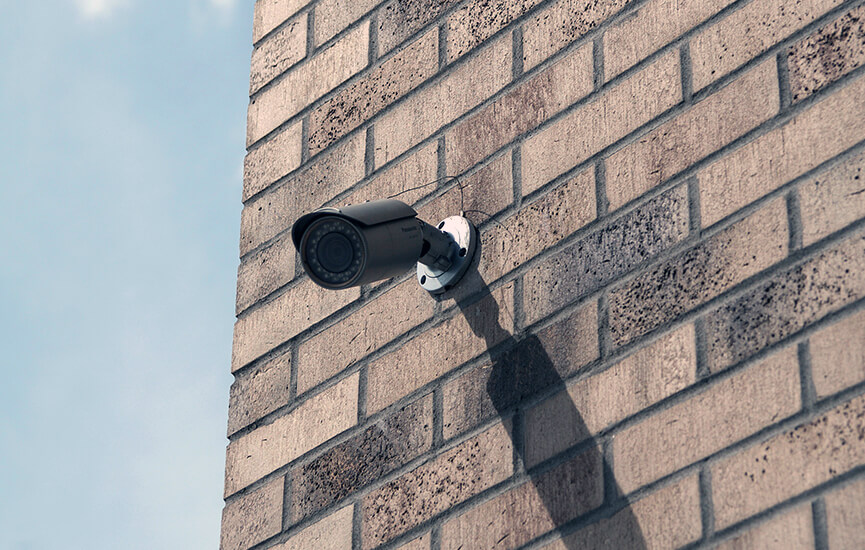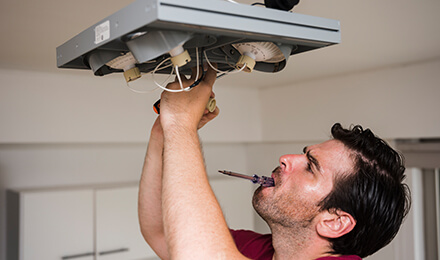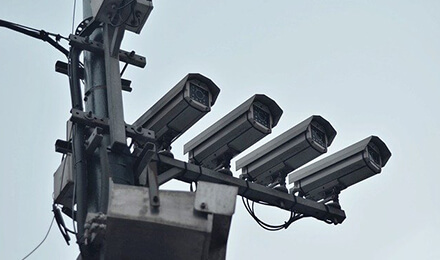Circuit Cameras
- Home
- Circuit Cameras


Circuit Cameras
Circuit cameras, commonly known as CCTV (Closed-Circuit Television) cameras, are surveillance devices used to monitor and secure areas by transmitting video signals to specific monitors or recording systems.
They are widely employed in residential, commercial, and industrial settings for real-time monitoring, crime prevention, and evidence collection. Circuit cameras come in various types, including dome cameras for indoor use, bullet cameras for outdoor surveillance, PTZ cameras for wide coverage with pan-tilt-zoom features, and infrared cameras for night vision.
Modern IP-based circuit cameras offer high-definition recording, remote access, and smart features like motion detection, making them essential tools for robust security systems.

- Video Intercoms
- Smart Home Systems
- Access Control

- Cameras and their locations
- Good quality images
- The required image storage space
IP CCTV offers high-definition video quality, remote access, easy scalability, advanced analytics, flexible installation, lower maintenance costs, and secure data storage. It integrates seamlessly with other systems, providing real-time monitoring, motion detection, and efficient surveillance management.
A complete CCTV system needs cameras (IP or analog), a recording device (NVR/DVR), storage (HDD/Cloud), power supply, cabling or network setup, a display monitor, and software for management. Optional features include motion detection, remote access, analytics, and backup power (UPS). Proper placement ensures full coverage.
Cameras can be wired or wireless. Wired cameras use cables for power and video transmission, offering stable connections but needing extensive cabling. Wireless cameras transmit data via Wi-Fi, making installation easier but relying on a strong network and regular power, often with battery backup for flexibility.